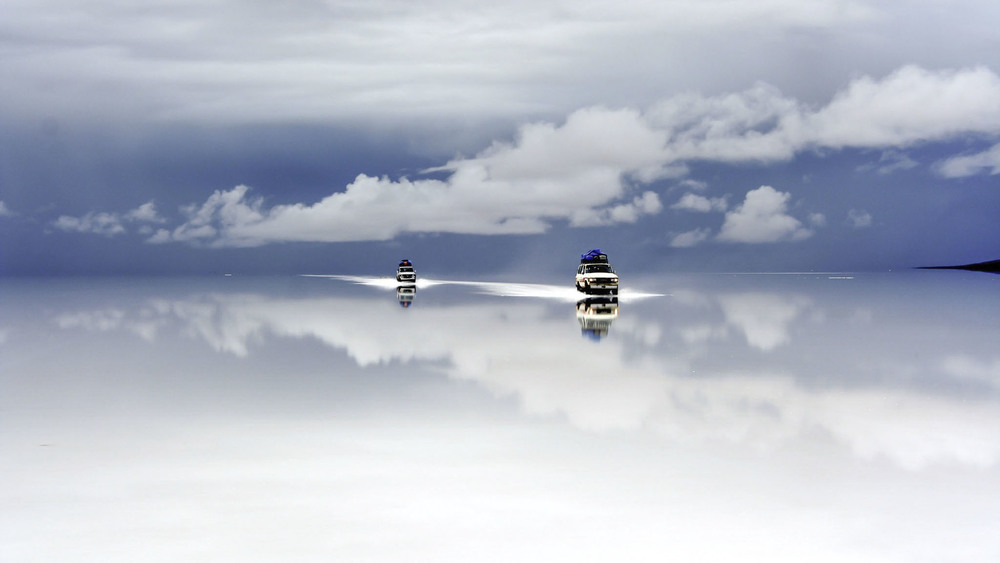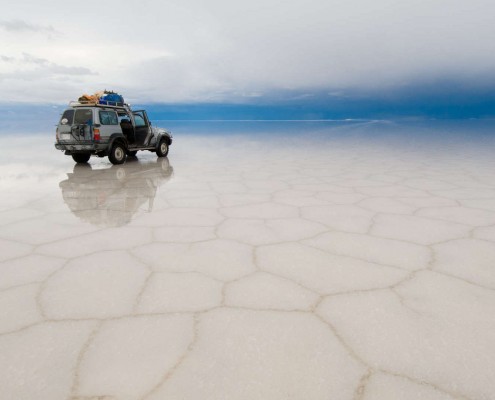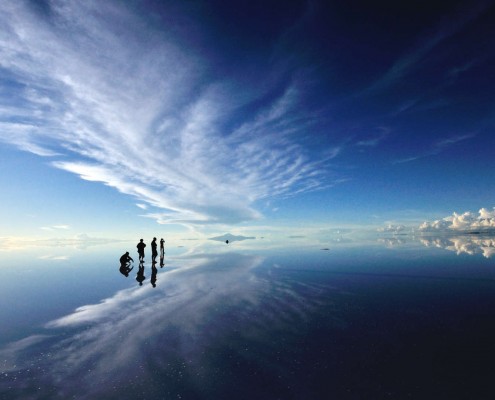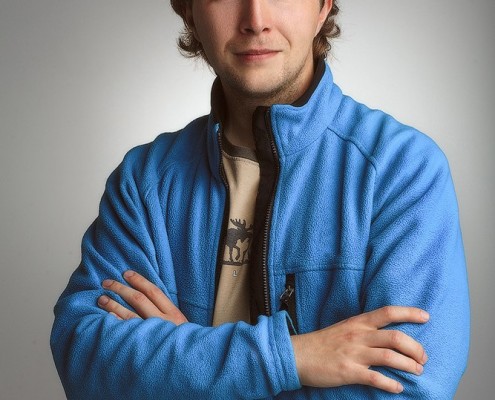Welcome to another planet! Welcome to remote Bolivia! However, our once-in-a-lifetime journey will not only be to Bolivia but also to Atacama Desert, Chile part. We meet you there on another continent in Calama town. April, 25 is the day when our 15-days adventure starts. I recommend arriving to Calama April, 24 and to stay there one night. Otherwise time zones changing could affect you badly during the photo tour.
I recommend flight through Santiago, Chile. There are several flights to Calama from Chile every day. Please take flights with minimum 2 hours for a change in Europe/America and 3 hours in Santiago.
April, 25-30
So we meet in Calama and go to San-Pedro-de-Atacama together. The city is in the driest desert’s (Atacama) oasis in the world. Now it’s the touristic center of the city and our accommodation for the next 4 nights. Calama is the former colonial city that once belonged to Bolivia. There are picturesque streets and whitewashed houses and churches in the town. We spend all 4 nights at a comfortable hotel and go shooting to such places as:
- Moon Valley: Dead valley and the Cordillera de la Sal, the Amphitheatre
- El Tatio geyser (at dawn)
- Cejar, Piedra, Tebinquiche lagoons
- Čaha Lagoon and Toconao village
San-Pedro-de-Atacama is situated 2, 5 km high above the sea level, but some of our round-trips here will be at the altitude 3-4 km. Consequently, we shoot not only in the beautiful places of Atacama but also have time to acclimatize before going to Altiplano, Bolivia.
Atacama Desert is the driest desert in the world. Atacama is located in the South America at the north of Chile neighboring the Pacific Ocean to the West, Chile to the North and Bolivia and Argentina to the East. It rains once a decade or two in some parts of the desert. The average amount of precipitation in Chile region of Antofagasta is 1 millimeter a year. Some meteorological stations in Atacama have never fixed rain. There are some facts that there was no rain from 1570 to 1971. The lowest air humidity – 0% – is registered in this desert.
April, 30 – May, 7
On April, 30 we change our Chile crossovers to our Bolivian guides’ jeeps on the frontier of Chile. We’ll go through the beautiful lagoons to the dry salt lake Uyuni and further on the North to Sajama. The way to the Uyuni is wonderful – unusual colorful lagoons (white, red, green, Colorada lagoon with huge flocks of flamingo), geysers and thermal springs. You feel like a new planet explorer. At the end of April the Uyuni is usually cover with water here and there. We’ll manage to be between sky and ground when the horizon dissolves in the eternity. We cross the Uyuni from the South to the North and go to Sajama national park with high volcanoes covered with snow caps under the low sky. The Bolivian part lasts for a week. We’ll live at the hotels and houses of the basic level. Don’t rely on comfortable accommodation in Bolivia. It’s quite a poor country and this journey holds expedition-character. Of course, we book the best places we can, but Bolivian accommodations are limited in comfort. There will be local English and Spanish-speaking guides, our cars’ drivers and a chef who cooks in Bolivia. Together with our local guides we try to make the trip maximum comfortable for you. We also have a Bolivian chef who cooks lunches for us during the stops. We have breakfasts and dinners at the hotels.
After crossing the border we go to Sol de Manana hot zone (4800 m above sea level). Then we shoot Laguna Verde that is located at the foot of the grand Licancabur volcano. The desert Dali and fantastic Laguna Colorada with red water and wandering flamingos are on our way. We shoot the sunset in Laguna Colorada, Verde and the Siloli Desert.
During our trip we cross the biggest salt marsh in the world – Solar Uyuni. There are some hill-islands with cactuses that are few times higher than a human like Isla Pescatore. Shortly after we cross Colpas salt marsh which is covered with water all year round. We’ll merge into the sky and the land here. Sajama unusual volcanoes are the final step in travelling around Bolivia.
May, 7 – 9
May, 7 we cross the border of Bolivia once again and move to the National Park Lauca. We spend 2 days shooting in the park and we move to Arica coastal city on the 9th.
May, 10
We fly home early in the morning from Arica (ARI) airport, Chile in Santiago.
Included in the price:
– All transfers
– Lodging
– All meals in Bolivia
– Breakfasts in Chile
– Transportation on jeeps, fuel
– National parks fees
– Drivers services
– Chef (cooking in Bolivia)
– Services of local english- and spanish- speaking guide
Not included in the price:
– Lunches and dinners in Chile
– Airfare
– Visas (if applicable)
– Single supplement
What to bring
Gear:
– DSLR camera with tripod and remote shutter release
– A wide angle lens. For example, Nikkor 14-24 or Canon 17-40. Best lens for use in wide-angle scenes or architecture photography
– A middle-zoom lens such as a 24-70 mm
– A telephoto zoom lens, such as a 70-200 mm. You may bring even 300-400 mm lens to shoot wildlife (ex. flamingos, condors…)
Wear:
– Waterproof and windproof jacket
– Waterproof pants
– Warm jacket and thermal pants
– Wellingtons or fishing boots (for Uyuni wet salts)
– Casual clothes for dinners and lunches in civilization
Tour leaders
Daniel Kordan
Daniel was born in Moscow area. In his childhood he graduated the art school. After that, he is studied in Moscow institute of Physics and Technology and became an optics physicist. During the study he gain experience not only in physics, but also in mountain climbing and hiking, guiding tourist groups in winter and in summer in Russian mountains. Right after graduation he became a guide of photo-workshops and chief editor of “Continent expedition” magazine. This magazine is about travel and adventures all over the world. He has got several awards in photography: Golden Turtle’ 13 Nature nomination winner, National Geographic Russia contest 2013 and 2014 finalist, Best of Russia’13 and ’14 winner, best photographer’13 finalist and others. He is spending most of his time in Norway, Lofoten islands and in Tuscany at villa Gaia, guiding groups of photographers.









